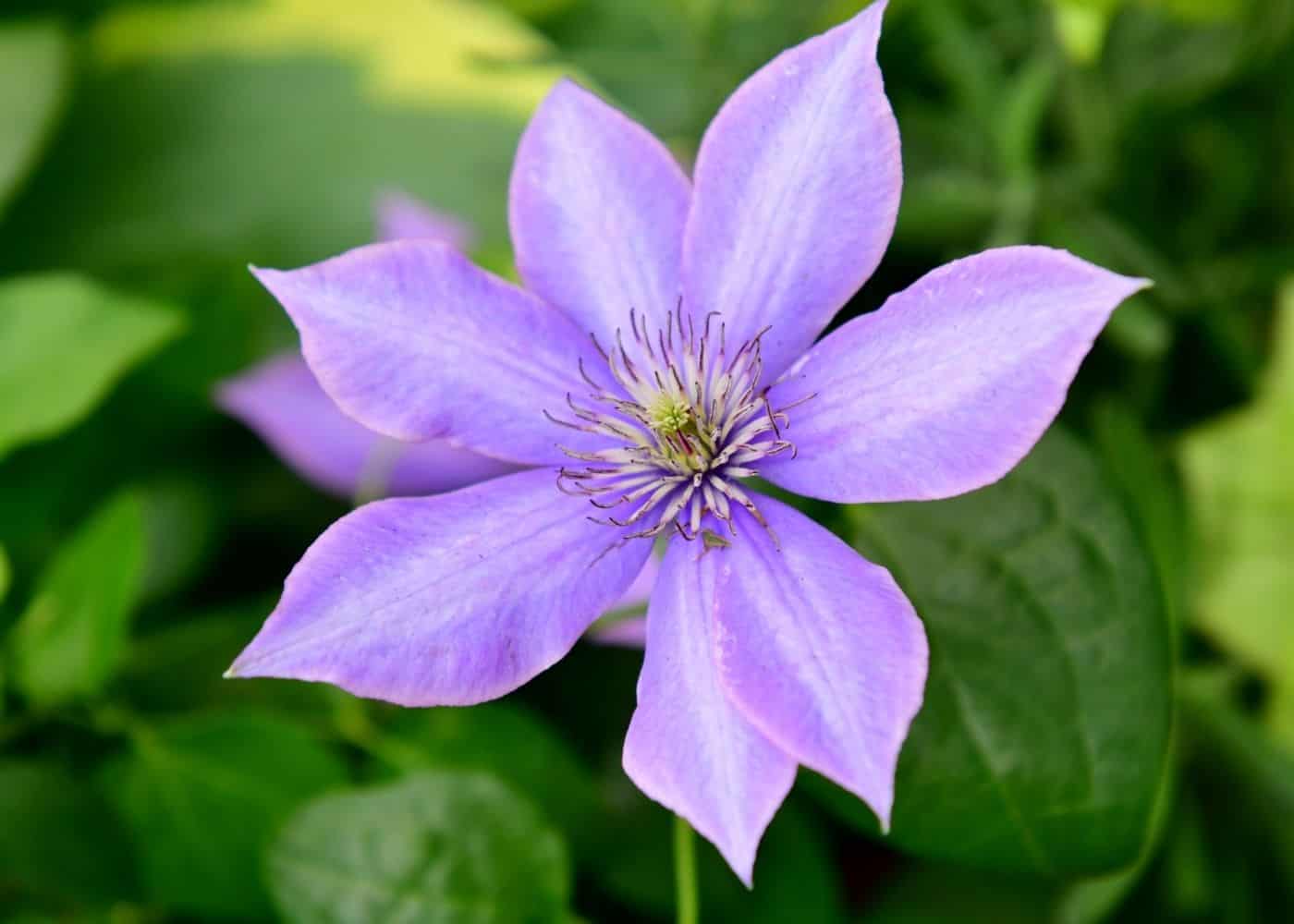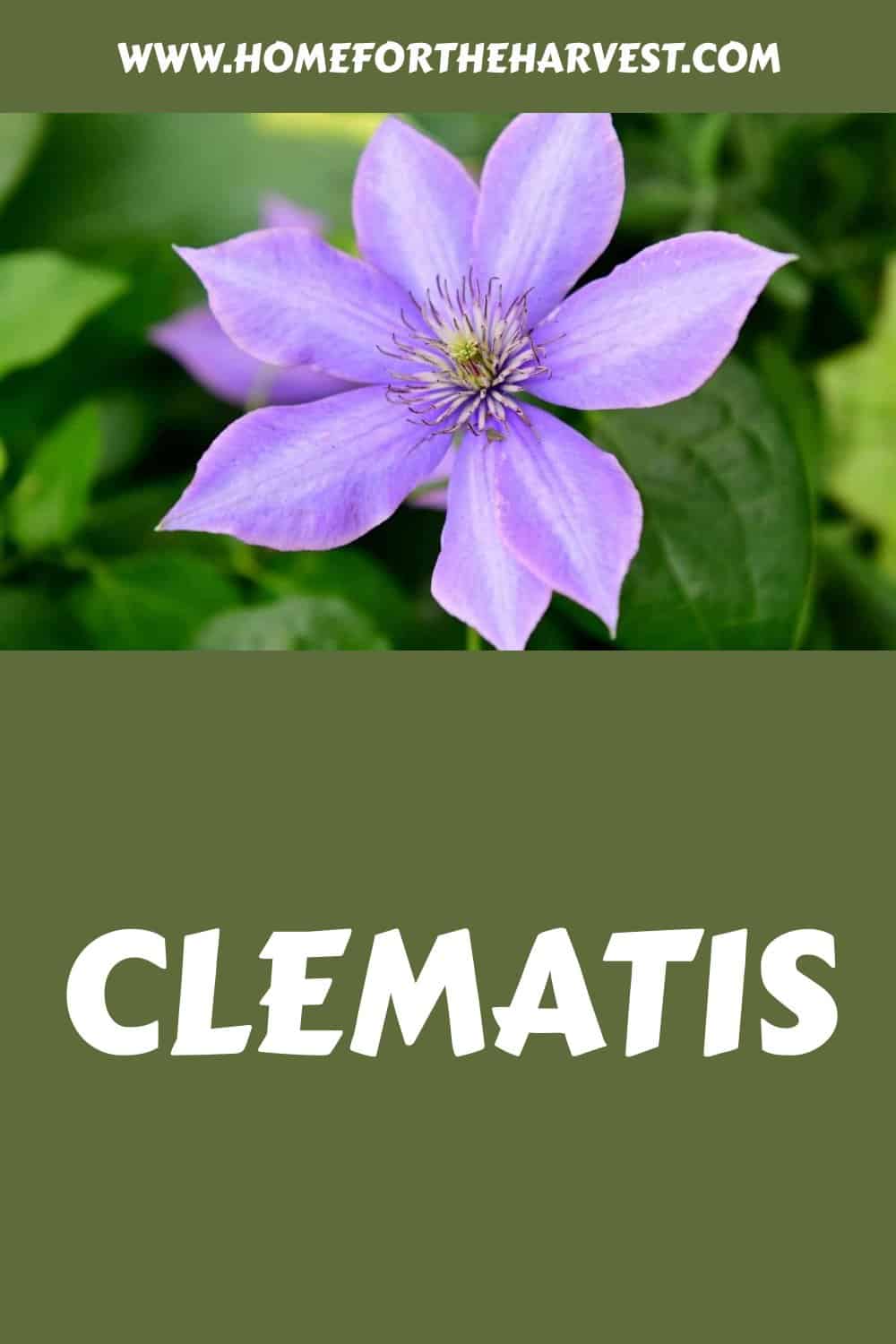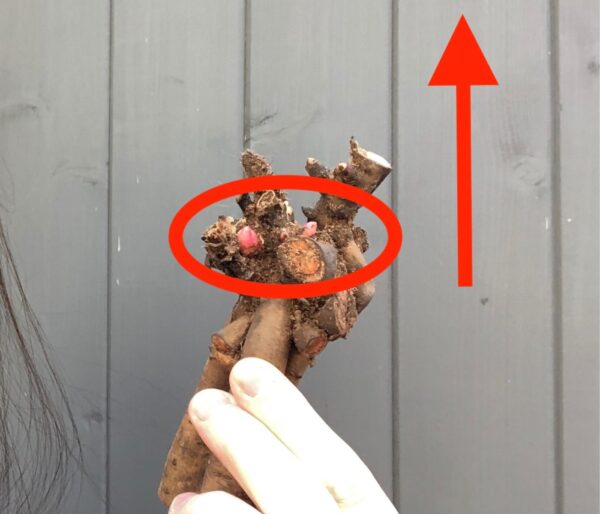If you’re looking for a lush, fast-growing addition to your garden that’s also easy to take care of, clematis plants may be just what you’re looking for. Clematis can add a touch of elegance to any setting, and come in a variety of shapes and sizes. This guide will give you an introduction to the different types of clematis plants, as well as some tips on how to care for them. So read on to learn more about these beautiful blooms!

Introduction to clematis plants
Clematis is a flowering vine that is commonly found in gardens. They are known for their beautiful, large flowers which come in a variety of colors. Clematis plants tend to bloom in the spring and may continue to flower with a repeat bloom in early fall.
These plants can be grown on trellises, fences, or other supports and can reach up to 20 feet in length. They grow well in full sun, although the base of the plant benefits from a bit of shade and mulch to keep the soil cool and moist. Clematis plants thrive in rich organic soil that drains out excess water easily and does not become waterlogged. These plants do well with about an inch of water per week.
Clematis varieties
There are hundreds of varieties of clematis plants to choose from. Some of the most popular varieties include:
- Jackmanii Clematis: This variety is one of the most common, and features large blue flowers.
- Armandii Clematis: This variety has large white flowers with a sweet fragrance.
- Sweet Autumn Clematis: This variety has small white flowers and is known for its sweet scent.
- Nelly Moser Clematis: This variety is named after the famous opera singer, and has purple and pink flowers.
- Praecox Clematis: This variety is early-blooming, and has white or pale blue flowers.
How to plant clematis
Clematis plants are generally planted in the spring or in early fall. They tend to root in best when the soil is warm but the ambient air temperature isn’t overly hot. Clematis plants are generally sold in the springtime as potted plants. That said, clematis can be planted any time of year as long as the soil can be worked. Just be sure to water the plant consistently during hot dry spells.
Planting location
When you’re ready to plant, choose a location that gets full sun to partial shade and has well-drained soil. Clematis plants can also be grown in containers as long as the container is at least 12 inches deep.
How to plant clematis
When you’re ready to plant, dig a hole that’s about twice the size of the pot your clematis is in. Gently remove the plant from the pot and loosen the roots before planting. Place the plant in the hole so that the top of the root ball is level with the soil surface. Once planted, water well and mulch around the base of the plant to help retain moisture.
Adding a trellis
Clematis plants grow best with a trellis or another type of vertical support to climb. I like to use a simple wire trellis, but you can also use crisscrossed wooden trellises or ornate metal wall supports.

How to care for clematis plants
Clematis plants are easy to care for as long as they are getting enough water and sunlight. Many types also benefit from a bit of shade protecting the base of the plant from the hot summer sun.
Watering clematis plants
Water your clematis plants deeply about once a week or more often if the weather is particularly hot and dry.
Fertilizing clematis plants
Fertilize your clematis plants in early spring with a slow-release balanced organic fertilizer. You can also apply a layer of compost around the base of the plant in spring to provide additional nutrients.
Pruning clematis plants
Pruning is important to encourage new growth and to prevent your plant from becoming overgrown. You can prune most types of clematis in late winter or early spring before new growth begins. More vigorous varieties may need to be pruned annually, while less vigorous types may only need to be pruned every few years.

Garden pests affecting clematis plants
There are a few pests that can affect clematis plants, including aphids, caterpillars, and scale insects. These pests can cause damage to the plant by eating the leaves or flowers. If you notice any of these pests on your plant, you can remove them by hand or treat the plant with insecticidal soap.
Diseases affecting clematis plants
Clematis plants are susceptible to a few diseases, including powdery mildew and root rot. Powdery mildew is a white fungus that appears on the leaves and stems of the plant. Root rot is caused by too much moisture around the roots of the plant and can cause the plant to wilt and die. If you notice either of these diseases on your plant, you can treat it with a fungicide.
How to propagate clematis plants
Clematis plants can be propagated by seed, cuttings, or division.
Seed propagation is the easiest method, but it will take several years for your plants to bloom. To propagate by seed, simply sow the seeds in a pot filled with a well-drained potting mix in late winter or early spring. Keep the pot in a cool, dark place until germination occurs, which can take anywhere from one to six months. Once the seedlings have emerged, transplant them into individual pots and grow them for another year or two before planting them outdoors.
Cuttings can be taken from both new and old growth in late spring or early summer. Use a sharp knife or garden shears to take 4-6 inch cuttings from the tips of the vines. Remove the bottom leaves and dip the cuttings in rooting hormone before planting them in pots filled with well-drained potting mix. Keep the pots in a warm, sunny spot and water regularly until the cuttings have rooted, which can take four to eight weeks. Once they have rooted, transplant the cuttings into individual pots and grow them for another year or two before planting them outdoors.
Division is best done in late winter or early spring, just as new growth is beginning. Dig up your clematis plant and carefully divide it into sections, making sure each section has several healthy roots. Transplant the sections into individual pots and grow them for another year or two before planting them outdoors.
With a little care, clematis plants can provide you with years of beautiful blooms. Enjoy your own home-grown clematis vines by following these simple tips on how to grow and care for them.









